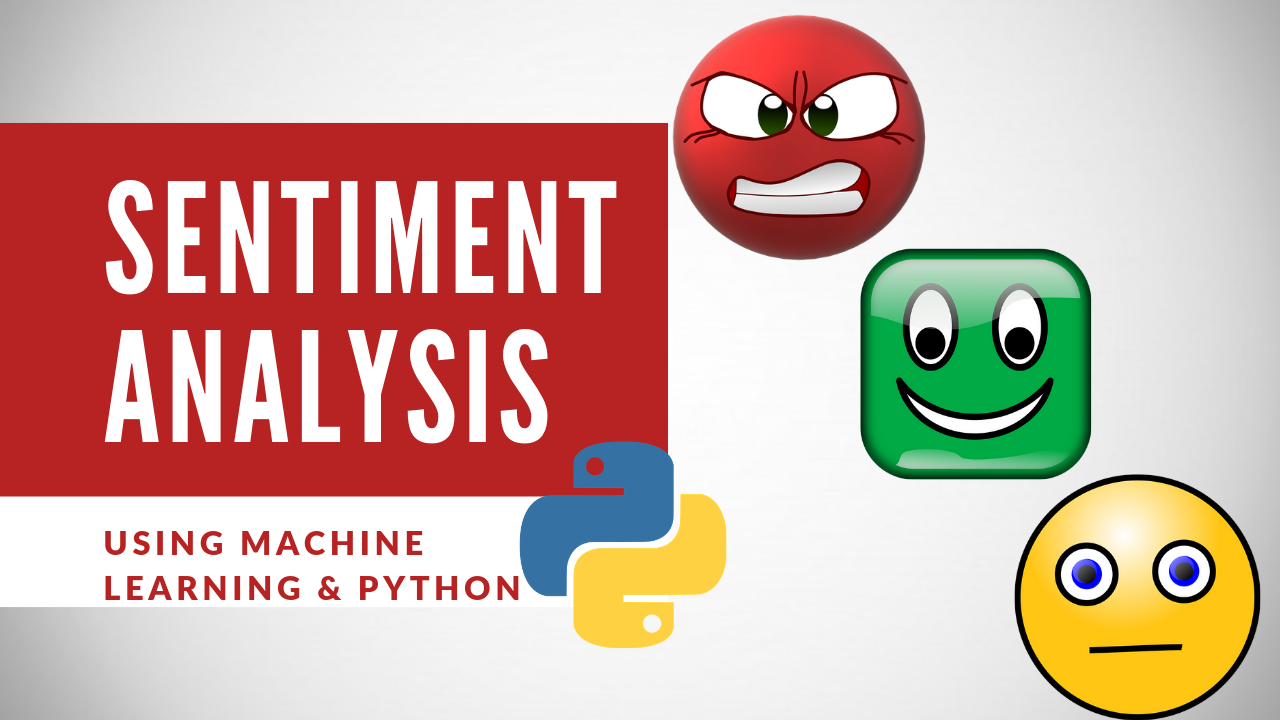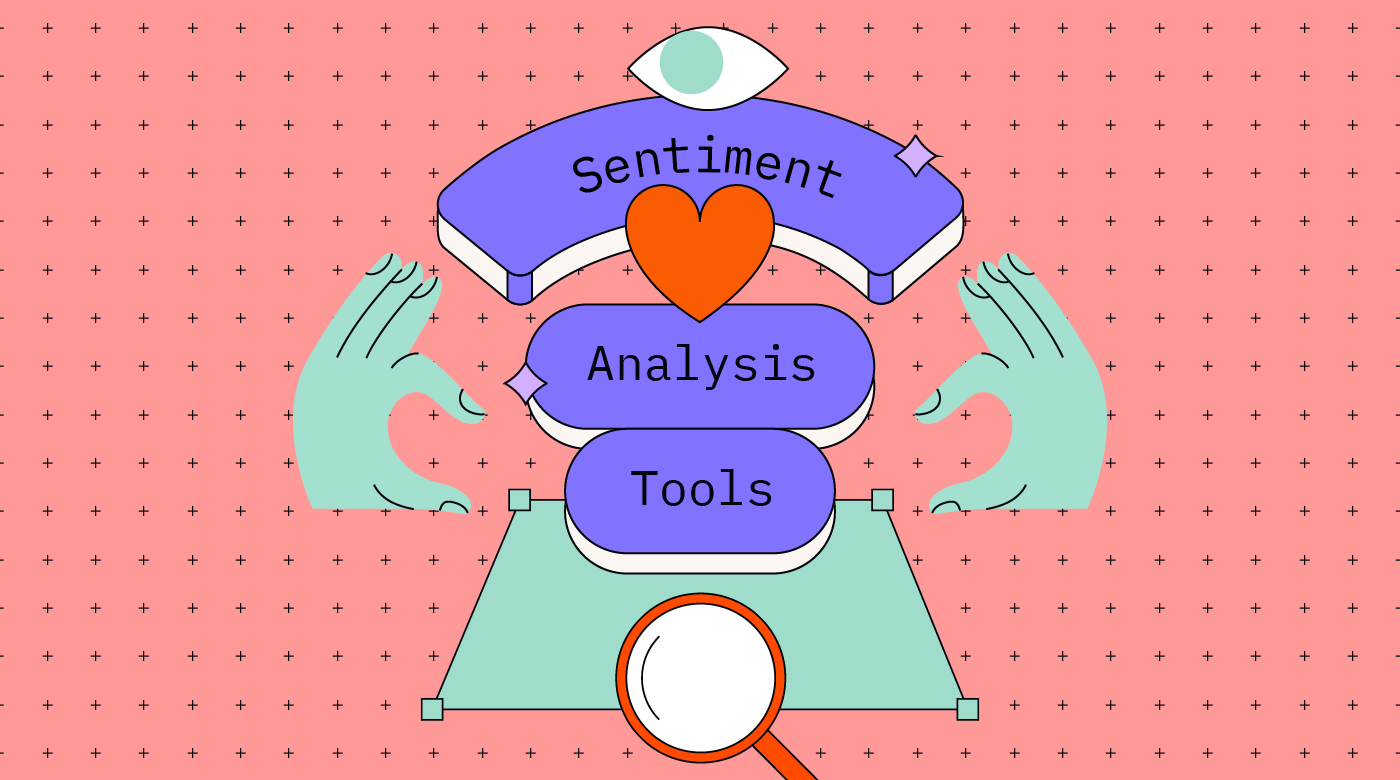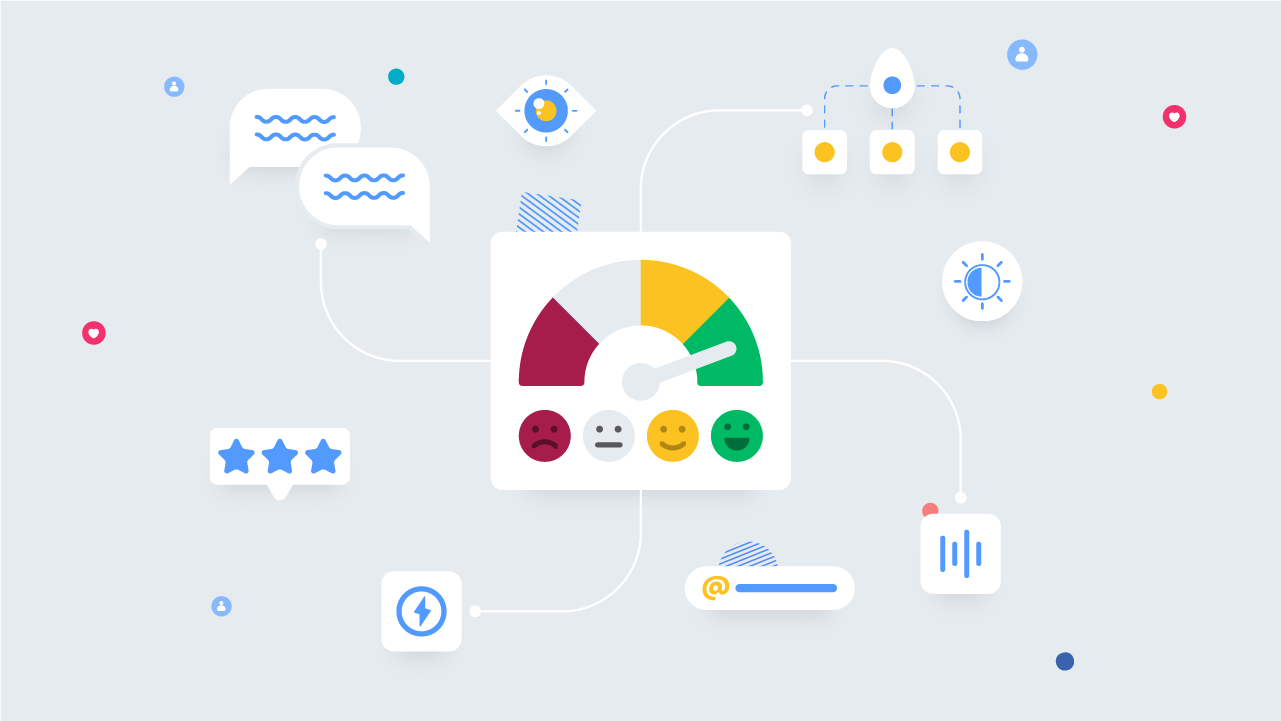In today’s digital age, social media has become a powerful platform for individuals and businesses to connect, communicate, and share information. With millions of conversations happening online every day, businesses need to tap into this wealth of data to gain valuable insights into their audience’s thoughts, feelings, and opinions. This is where social listening sentiment analysis comes into play. In this article, we will explore the concept of social listening sentiment and how it can help businesses better understand the voice of their audience.
Social Listening Sentiment: Unveiling the Emotions of Your Audience on Social Media

What is Social Listening?
Social listening is the process of monitoring online conversations, discussions, and mentions of specific keywords, topics, or brands across various social media platforms. It involves tracking, analyzing, and extracting insights from the vast amount of data generated by users’ interactions on social media. By listening to what people are saying about your brand, industry, or competitors, you can gain valuable insights into consumer preferences, trends, and sentiment.
The Importance of Sentiment Analysis
Sentiment analysis is a subfield of natural language processing (NLP) that focuses on understanding and categorizing the sentiment expressed in text data. It involves analyzing the emotional tone, opinions, and attitudes conveyed in social media posts, comments, reviews, and other user-generated content. Sentiment analysis can help businesses gauge the overall sentiment towards their brand, products, or services, enabling them to make data-driven decisions and improve customer experiences.
Understanding Social Listening Sentiment
Social listening sentiment analysis combines social listening with sentiment analysis techniques to uncover the emotional nuances and attitudes expressed in online conversations. It goes beyond simply tracking mentions and focuses on extracting valuable insights about how people feel about a particular topic, brand, or event. By analyzing sentiment, businesses can identify positive or negative trends, spot potential issues or opportunities, and respond effectively to customer feedback.
Social Media Listening Tools

Various tools and platforms are available to facilitate social listening sentiment analysis. These tools use advanced algorithms and machine learning techniques to analyze and categorize social media content based on sentiment. Some popular tools include Brandwatch, AIM Insights, Sprout Social, and Talkwalker. These platforms provide real-time monitoring, sentiment classification, trend analysis, and customizable dashboards to help businesses make sense of the vast amount of social data.
Benefits of Social Media Listening
- Understanding Customer Perception: Social listening sentiment analysis allows businesses to gauge how customers perceive their brand, products, or services. It helps identify areas of improvement, strengths, weaknesses, and potential reputation management issues.
- Competitor Analysis: By monitoring the sentiment around competitors’ brands, businesses can gain insights into their strengths, weaknesses, and customer preferences. This information can inform competitive strategies and help identify market gaps.
- Identifying Influencers and Advocates: Social listening sentiment analysis can help identify influential individuals who are positive advocates for your brand. Engaging with these influencers can amplify brand reach and build a loyal customer base.
- Crisis Management: By monitoring sentiment in real-time, businesses can quickly identify and address potential crises or negative sentiments. This allows for prompt response and proactive reputation management.
- Product Development and Innovation: Social listening sentiment analysis provides valuable feedback on existing products and services. By understanding customer sentiments and pain points, businesses can make informed decisions to enhance their offerings and drive innovation.
Implementing Social Listening
To effectively implement social listening sentiment analysis, businesses should follow these key steps:
- Define Objectives: Clearly define the goals and objectives of your social listening sentiment analysis. Identify the specific metrics and sentiment categories you want to monitor.
- Choose Relevant Platforms: Select the social media platforms that are most relevant to your business and target audience. Each platform may require specific tools and approaches for sentiment analysis.
- Select the Right Tools: Choose a reliable social listening sentiment analysis tool that suits your needs. Consider factors such as data accuracy, real-time monitoring capabilities, sentiment classification accuracy, and reporting features.
- Set up Monitoring Queries: Create specific monitoring queries using relevant keywords, hashtags, and phrases related to your brand, industry, or competitors. Refine these queries based on initial results and feedback.
- Analyze and Categorize Sentiment: Use the chosen tool to analyze and categorize the sentiment expressed in the collected data. Fine-tune the sentiment classification based on your business requirements and context.
- Extract Insights and Take Action: Extract actionable insights from the sentiment analysis results. Identify trends, patterns, and areas for improvement. Use these insights to inform marketing strategies, customer experiences, and business decisions.
Best Practices for Effective Social Media Listening
Listen to the Right Channels: Focus on social media platforms and online communities where your target audience is active. This ensures that the data you collect is relevant and representative.
- Combine Quantitative and Qualitative Analysis: While sentiment analysis provides quantitative data, it’s essential to complement it with qualitative analysis. Dive deeper into the context and content of conversations to gain a comprehensive understanding of sentiment.
- Monitor in Real-Time: Social media conversations move quickly, and sentiments can change rapidly. Implement real-time monitoring to stay up-to-date with the latest trends and respond promptly to customer feedback.
- Engage and Respond: Social listening sentiment analysis is not just about monitoring; it’s also about engagement. Actively respond to positive feedback, address negative sentiment, and engage in meaningful conversations with your audience.
Future Trends
As social media continues to evolve and shape the way we communicate, social listening will become even more critical for businesses. Advancements in natural language processing, machine learning, and artificial intelligence will enable more accurate sentiment classification and deeper insights into customer emotions and preferences. Additionally, the integration of social listening sentiment analysis with other data sources, such as customer surveys and sales data, will provide a holistic view of the customer journey.
Conclusion
Social listening sentiment analysis is a powerful tool for businesses to understand the voice of their audience in the digital landscape. By harnessing the vast amount of social media data and analyzing sentiment, businesses can gain valuable insights that drive marketing strategies, enhance customer experiences, and inform decision-making.
To leverage the benefits of social listening for your business and unlock deeper insights into your audience’s sentiments, request a demo from AIM Technologies today. Our cutting-edge tools and expertise in social listening will empower you to make data-driven decisions and stay ahead of the competition.
FAQs
Q1. How often should I perform social listening?
- It’s recommended to perform social listening regularly, depending on your business needs and industry dynamics.
Q2. Can social listening sentiment analysis be automated?
- Yes, social listening can be automated using various tools and platforms.
Q3. How can social listening benefit small businesses?
- Social media listening can benefit small businesses by providing insights into customer perceptions, identifying areas for improvement, understanding competitors’ strengths and weaknesses, and enhancing customer engagement strategies.
Q4. Are there any risks or limitations to social listening?
- While social listening offers valuable insights, it’s important to consider potential biases, data quality issues, and privacy concerns. It’s crucial to use reliable tools and establish ethical data collection and analysis practices.


